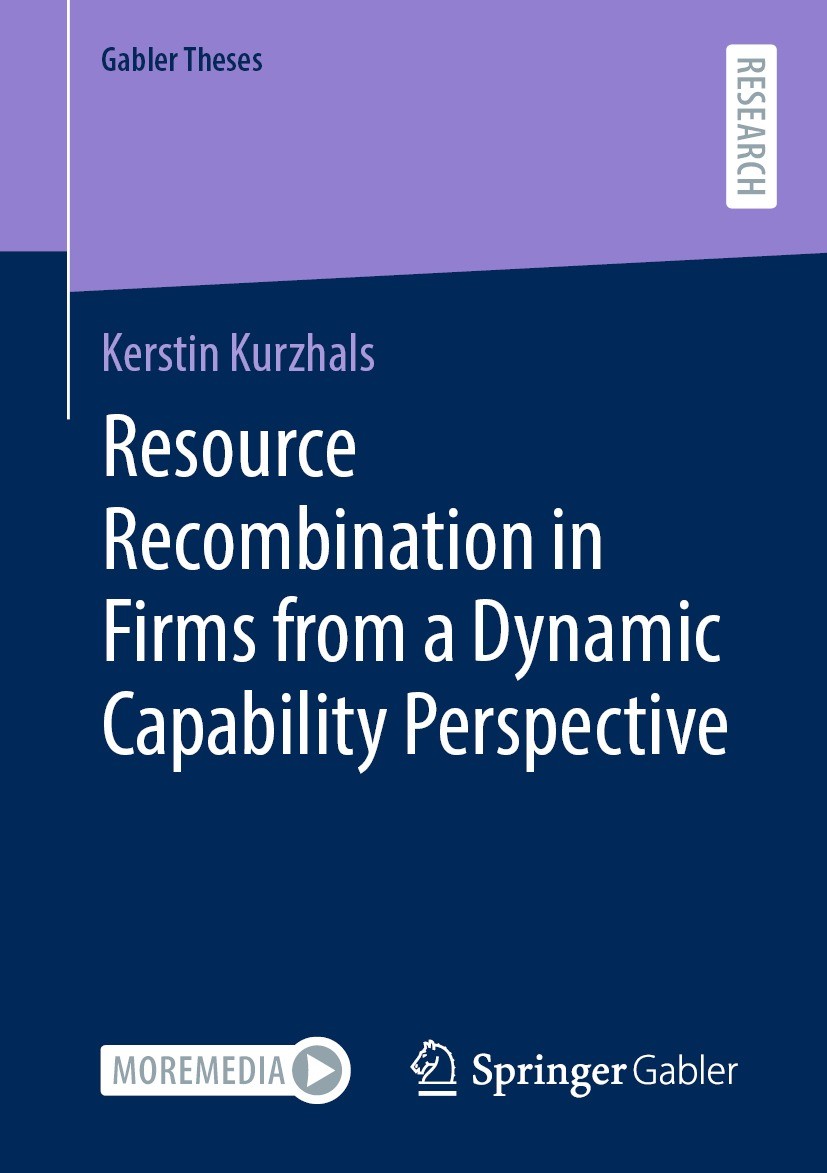| 书目名称 | Resource Recombination in Firms from a Dynamic Capability Perspective | | 编辑 | Kerstin Kurzhals | | 视频video | http://file.papertrans.cn/829/828577/828577.mp4 | | 丛书名称 | Gabler Theses | | 图书封面 |  | | 描述 | .This book elaborates the concept of Resource Recombination in firms from a Dynamic Capability perspective. With the investigation of the role of Dynamic Capabilities in the process of innovation generation through Resource Recombination, this research addresses some existing shortcomings in the Dynamic Capability literature, where there is a crucial need to better understand the interrelationship between Dynamic Capabilities, the firm`s resource base, and innovation through Resource Recombinations. This research contributes to the resource and competence based research by developing and empirically testing a conceptual model of factors influencing Resource Recombination in firms. The principal aim of this research is to bring clarity to the notion of Dynamic Capabilities, their role and effects towards building Resource Recombinations in firms. . | | 出版日期 | Book 2021 | | 关键词 | dynamic capabilities; resource recombination; innovation generation; competence based view; resource bas | | 版次 | 1 | | doi | https://doi.org/10.1007/978-3-658-35666-8 | | isbn_softcover | 978-3-658-35665-1 | | isbn_ebook | 978-3-658-35666-8Series ISSN 2731-3220 Series E-ISSN 2731-3239 | | issn_series | 2731-3220 | | copyright | The Editor(s) (if applicable) and The Author(s), under exclusive license to Springer Fachmedien Wies |
The information of publication is updating

|
|
 |Archiver|手机版|小黑屋|
派博传思国际
( 京公网安备110108008328)
GMT+8, 2025-12-13 14:06
|Archiver|手机版|小黑屋|
派博传思国际
( 京公网安备110108008328)
GMT+8, 2025-12-13 14:06


